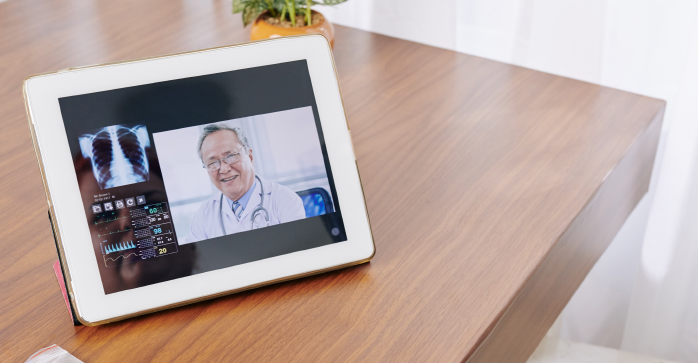Healthcare providers continue to adopt more telehealth and remote patient monitoring services, but we now have some data to show how patients are embracing remote patient monitoring and taking ownership.
80 percent of respondents in a May 2021 survey by MSI International are firmly in favor of RPM, especially for monitoring patients with chronic illnesses.
Some interesting findings of the roughly 300 consumers:
- Between 65 percent and 70 percent said they would be willing to participate in an RPM program with their care providers to monitor conditions including:
- Blood Pressure
- Heart Rate
- Weight
- Sp02
- Spirometry
- Glucose
- Temperature
- About half of consumers want to see RPM integrated with clinical care services
Covid-19 Pushed Adoption of RPM
These findings make sense considering the rapid adoption of telehealth and RPM during the height of the Covid-19 pandemic across the globe. As more and more healthcare providers and patients see first-hand how remote patient monitoring enhances telehealth, digital healthcare will continue to be embraced.
Most healthcare providers that are currently implementing a remote patient monitoring platform are now looking at additional patients that can benefit from utilizing it. The largest potential benefit is for those patients with chronic diseases like heart disease, hypertension, COPD and diabetes.
The Patient Point of View
Doctors may look at remote patient monitoring as a means to improve patient outcomes and enhance healthcare services, while it seems patients view things a little differently.
According to respondents when asked the major benefit of RPM:
- Greater Convenience 43%
- Efficiency 39%
- More control over personal health 37%
- Accuracy or peace of mind 36%
The results show that patients like the fact that digital health gives them the freedom to manage their healthcare from home, while reducing or eliminating time-consuming trips to the doctor’s office. RPM empowers patients and allows them to take some ownership over their own care, along with assistance and guidance from a healthcare professional from the comfort of their own home. By reviewing the data and speaking with their healthcare provider, they can make meaningful adjustments to their daily lifestyle.
Education is Key
Some consumers still have at least some negative perceptions. Nearly half of survey participants expressed concerns about accuracy of data from the monitoring devices, complications caused by the devices used, the reliability of the platform, and costs.
Education for consumers (and providers) will continue to be instrumental in embracing remote patient monitoring.

Leave A Comment